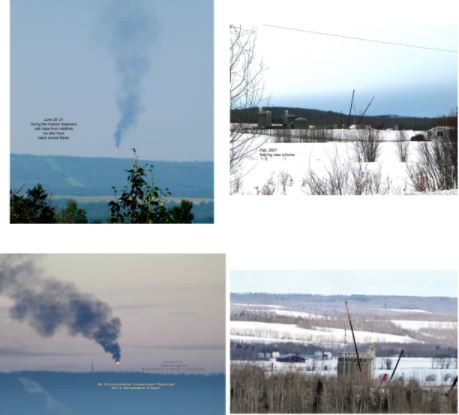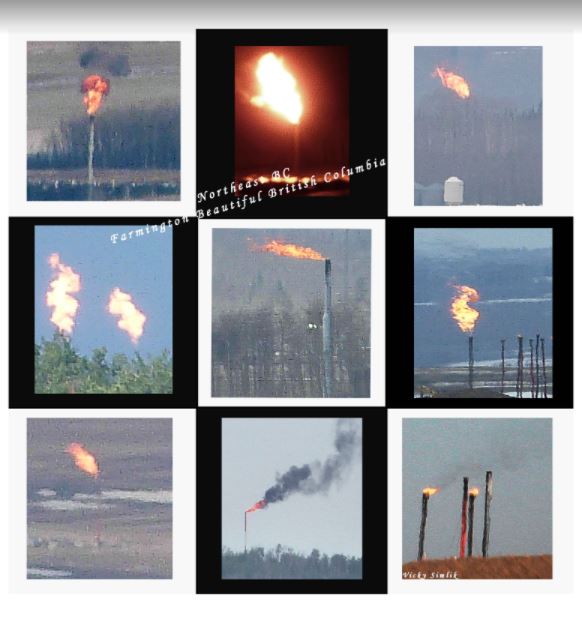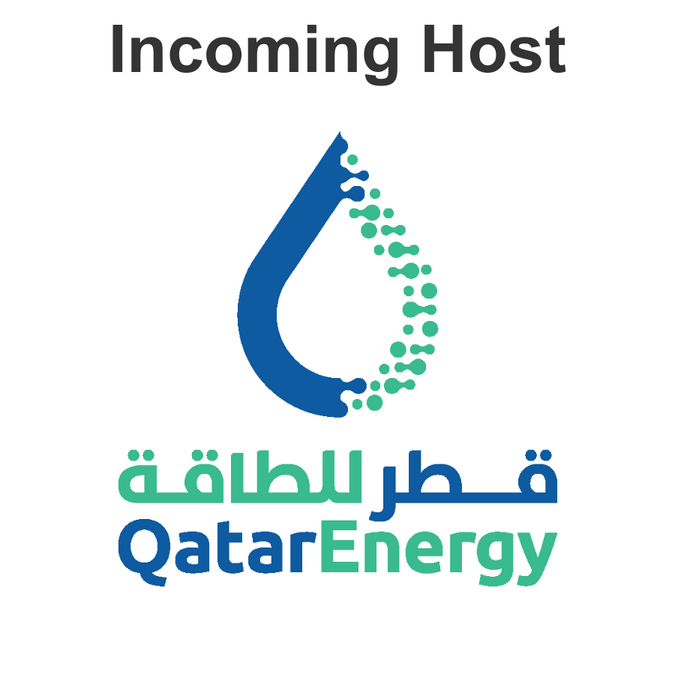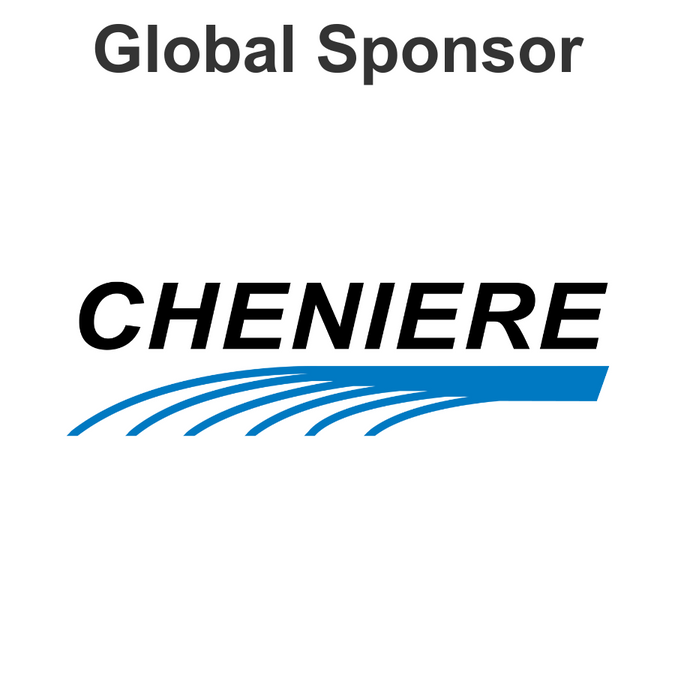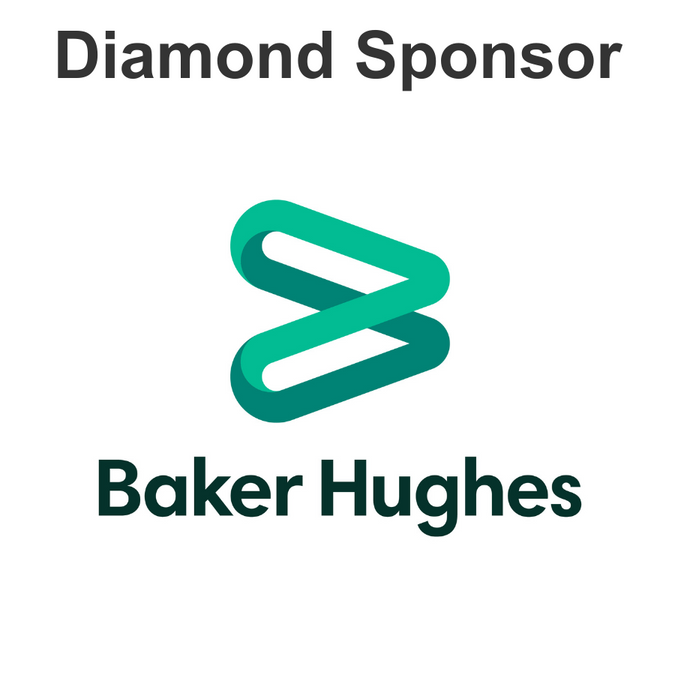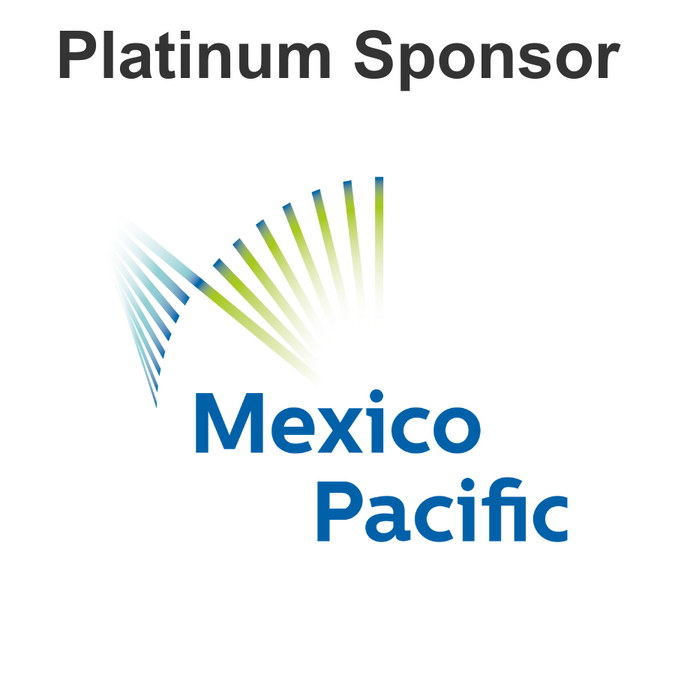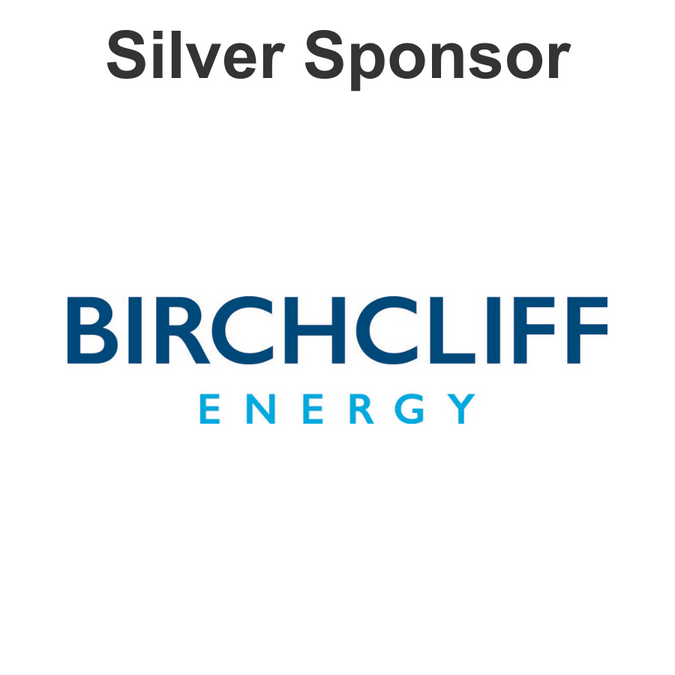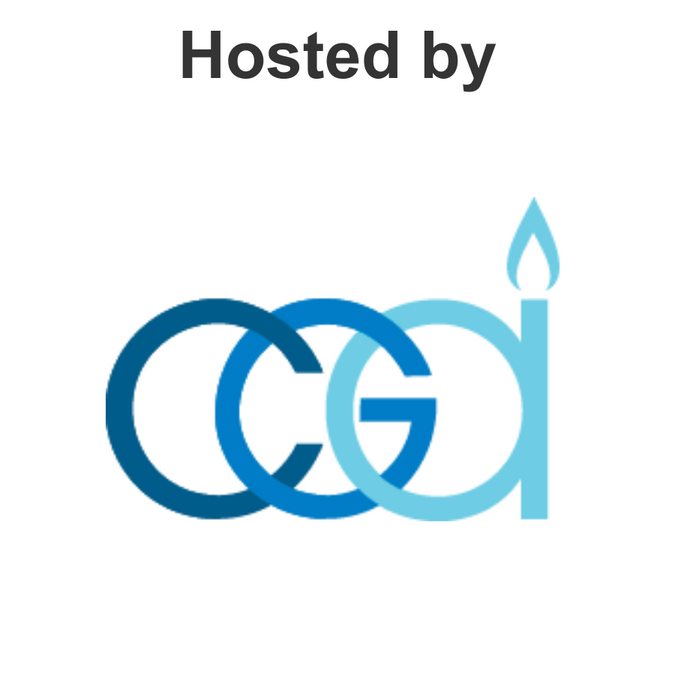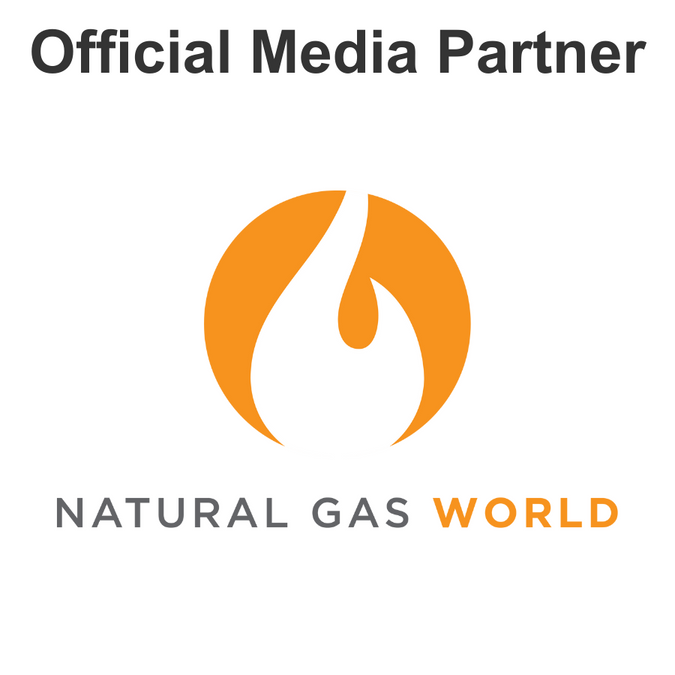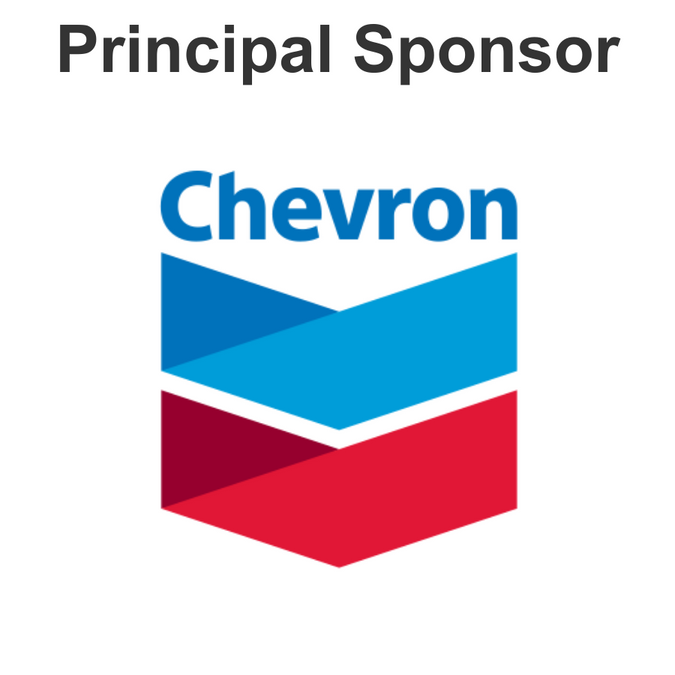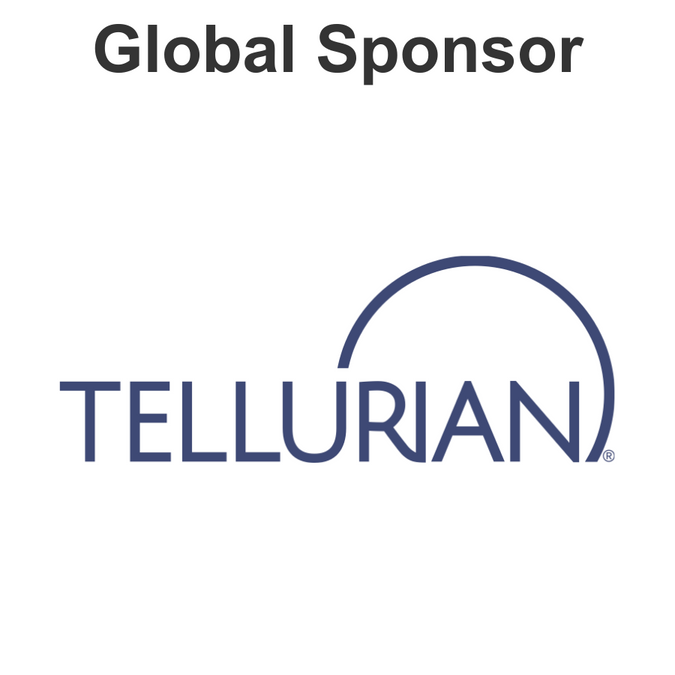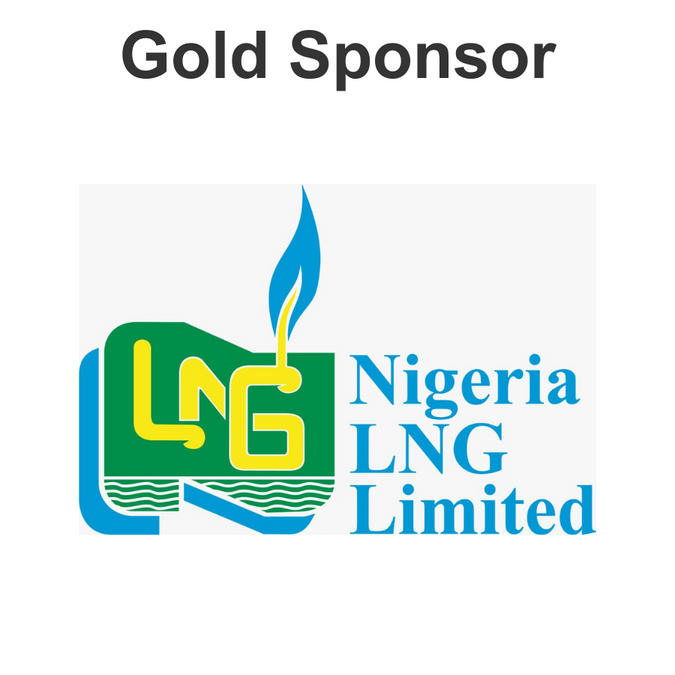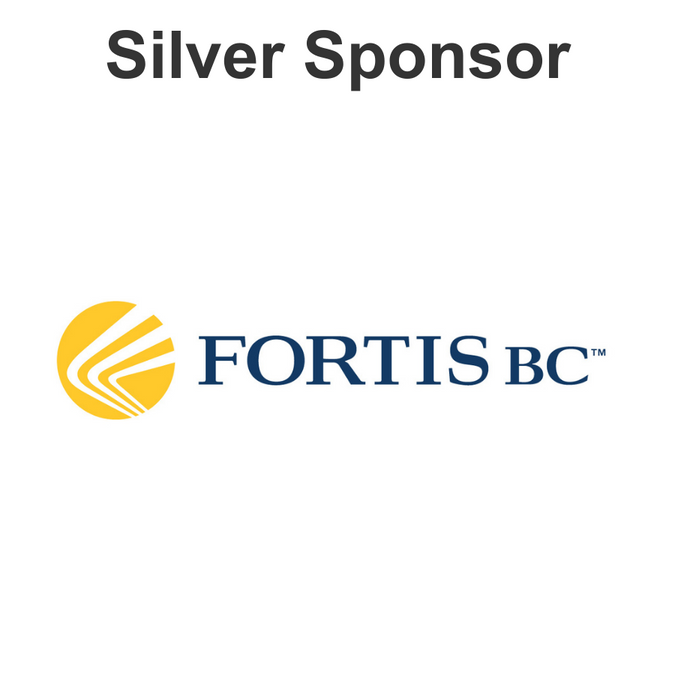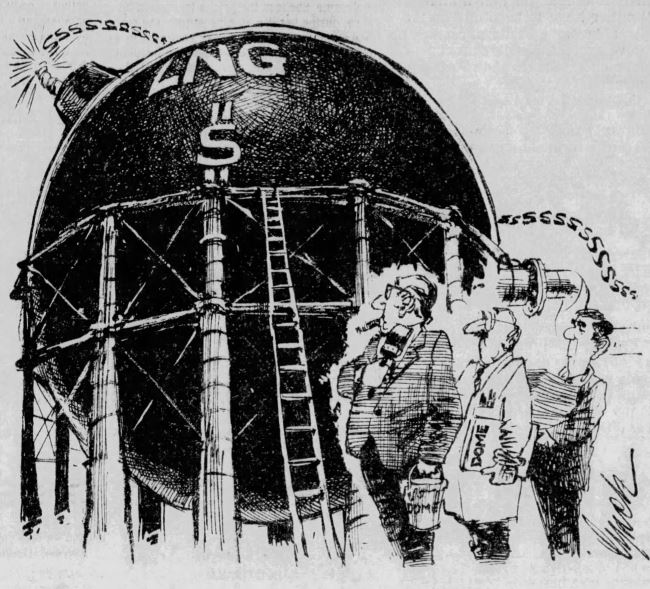
1982 LNG bomb cartoon in Vancouver Sun

LNG’s biggest lie is that it’s green. LNG is much more polluting than coal. Think about what LNG is, and the vast amounts of energy required to frac it, ship it, cool it, ship it, ship it some more. It’s nothing but a money stealing polluting con.
Next, think about the masses of water injected during frac’ing needed to make LNG. I believe Site C dam is to hoard water and energy for frac’ers on the taxpayers’ dime. Most frac’d water is permanently lost to the hydrogeological cycle. Industry and gov’t idiots are even frac’ing communities that are running out of water.
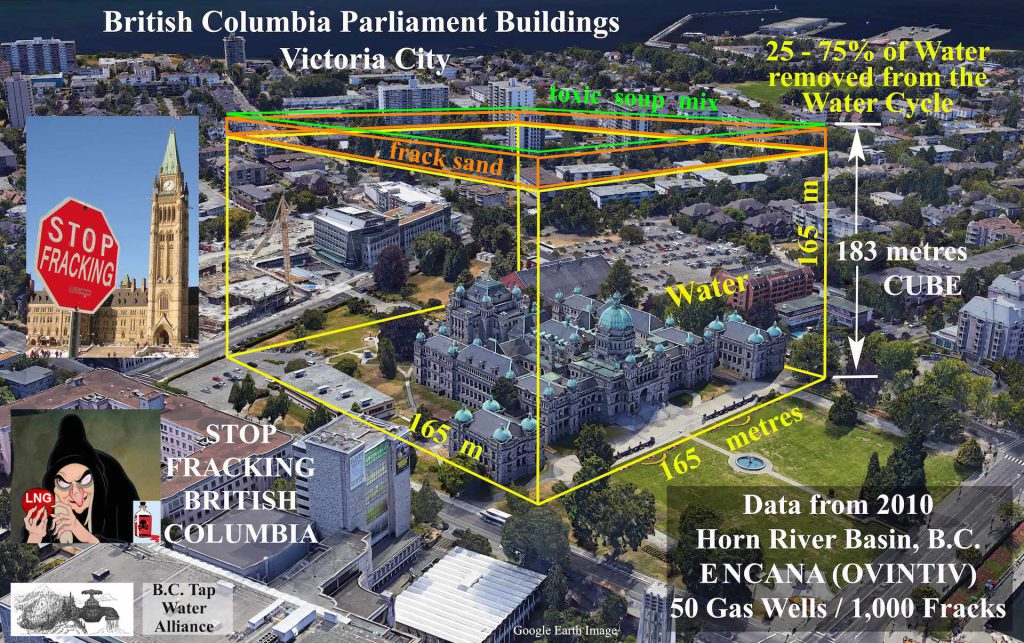
Visual by B.C. Tap Water Alliance, Vancouver, March 22, 2023
The next biggest LNG lie is that frac’ers can or will decarbonize. Big Fucking Lie. 1) It’s expensive. What do corporations hate most? Spending money on mitigation. 2) Decarbonizing frac’ing and LNG is impossible. The only way to decarbonize LNG is not to frac it or ship it.
The decarbonization con is to make gov’ts take more from the commons (e.g. public health and education) to give more billions of our dollars to multinationals to put into investor, CEO and upper management pockets. This money will never be recovered, like most of the water injected for frac’ing. Those billions of dollars are funding snake oil salespersons and projects, enabled by lawyers in industry and gov’t.
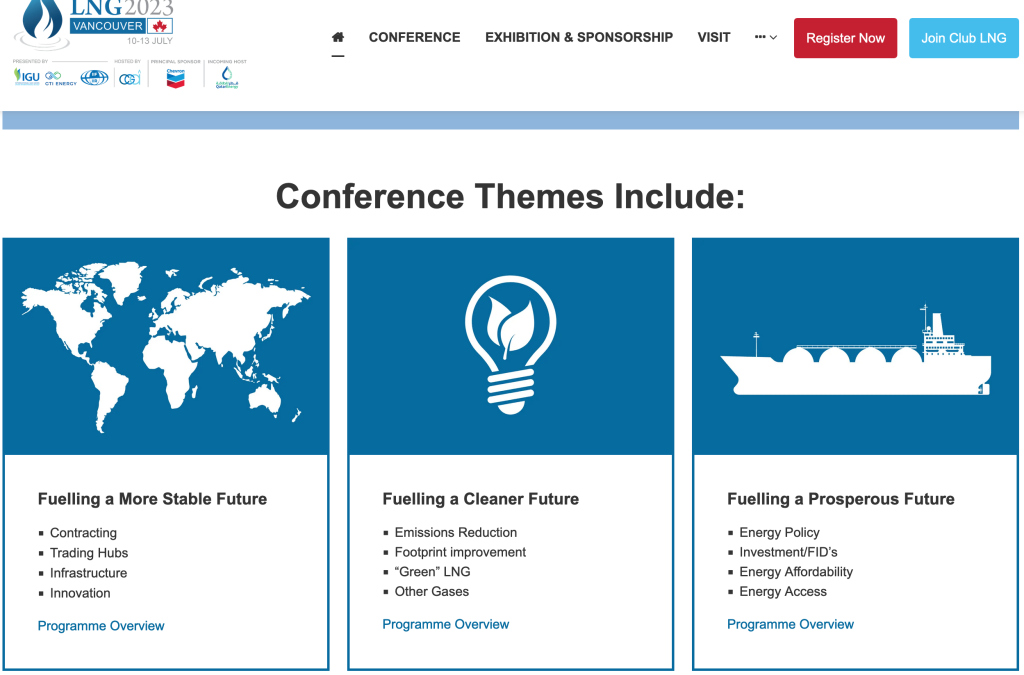
Above: LNG will never be clean or green. Never. It’s an ultra evil polluting health-harming con.
LNG is financed by stealing from the commons, notably public health and education. It will never be prosperous for all, only for the rich.
LNG is grand theft, from the public interest, and the earth’s ability to sustain human life and that of many other species.
***
Gerald Butts@gmbutts March 20, 2023:
Take a good look at this chart. It’s the best advice science has to offer us on how to get out of the climate mess we’ve created for ourselves. #IPCC
If you’re Canadian, look at the CCS bar. It is the highest cost, lowest return decarbonization tool in the toolbox — and we’re betting more and more of the farm on it.
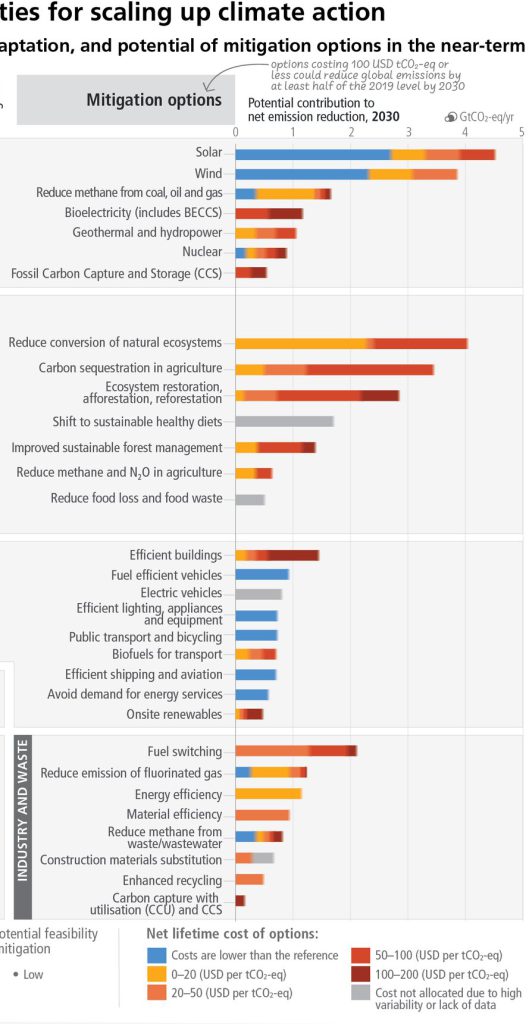
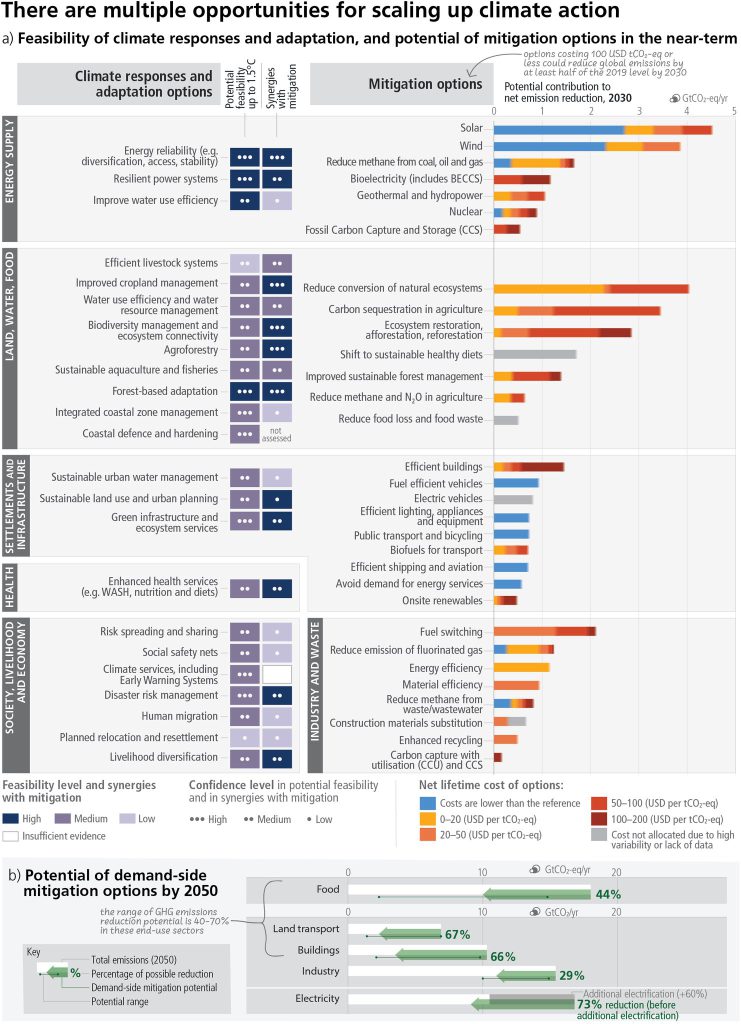
***
This snap from LNG2023’s promo video is what LNG is really about: feeding human greed.
The money LNG greedily devours to make and ship would finance economical safe non fossil fuel energy producing facilities across Canada, from coast to coast.
But real “green” energy “independence” makes communities secure and does not rape the public interest to give our money to the rich. Thus why our prostituting regulators and politicians don’t fund it.
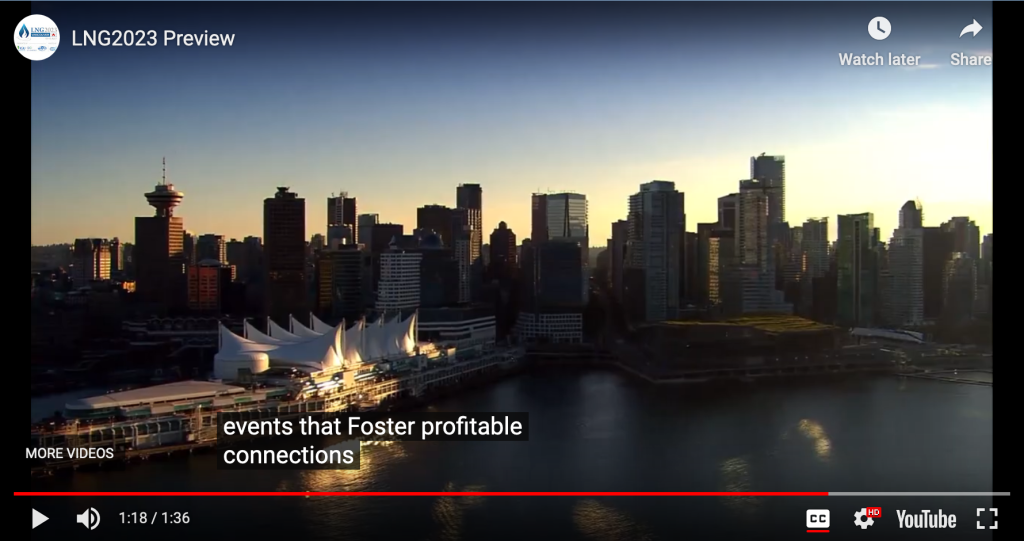
![]() LNG’s Faces of Greed, Lies & Evil:
LNG’s Faces of Greed, Lies & Evil:![]()
Bennet Jones Law Firm largely serves Encana/Ovinitv
Digital posters are a crucial part of the Call for Abstracts Programme and an opportunity for delegates to explore more than 40 innovative projects and results of in-depth research covering the entire LNG value chain.
All posters will be shared with LNG2023 delegates ahead of the event to encourage maximum audience engagement. Additionally, the posters will be displayed on large digital screens for all conference delegates and exhibition visitors (15,000+ attendees in total).
The Research & Innovation Session on Tuesday, 11 July will be an opportunity to meet the posters’ authors, ask questions and dive deeper into the topics presented. Attendees can use this one-on-one time with presenters to learn more, ask questions, and talk through the implications of the presented work.
Browse the Poster abstracts below:
Operations and Best Practice Abstracts
![]() Some of the faces:
Some of the faces:![]()
Francesco Amore Bianco, Baker Hughes
Ismat (Matt) Jaouhari, Bechtel Energy
Background and Mitigations on Acoustic Induced Vibration
Jeeun Choi, Daewoo Shipbuilding & Marine Engineering CO., LTD.
Analysis and Evaluation of Vibration Monitoring for Maintenance of Liquefaction System
Sukhpal Basi, KBR
Realizing energy efficiency improvements and driving towards Greener LNG
Abdulla Al-Emadi, Qatargas
Repetitive Foaming Events in AGR Unit
Farhan Khan, Qatargas
Environmental Regulatory and Permitting Challenges of LNG Project Development
Mansoor Alnuaimi, Qatargas
Managing Chloride Induced Stress Corrosion Cracking (CISCC) in operating LNG facilities
Mohamed Abdel Khalek, Qatargas
Off-Gas Compressors operation & design consideration, Rotor impeller failure case study
Fitria Lisdiyanti, PT Pertamina (Persero)
LNG Markets, Energy Security and Decarbonisation Abstracts
James Frolich, Advisian, part of the Worley Group
The Social License Win-Win: Using a Framework for Success
Ashwin Mohan, Hetek Solutions Inc.
Toolkit for Reduced Emissions and Increased Plant Safety
Bojan Popovic, Worley Group Inc.
Closing the loop on CO2 – Capturing value from synthetic fuels production
Adrian Sookhan, Gas Exporting Countries Forum (GECF)
The impact of high spot LNG prices on the LNG market
Candice Wilson, First Nations Climate Initative (FNCI)
First Nations-Led Solutions To Tackle Climate Change & Advance Reconciliation
Maisie Zhang, Poten & Partners
From import to export – Challenge and opportunity for developing LNG export project in Argentina
Upstream/Midstream Gas Production, Processing, Liquefaction Abstracts
Gianluca Alberati, Baker Hughes
Power gen plant architecture for effective post combustion carbon capture, ReCAP
Derrick Bauer, Elliott Group
Utilization of Additive Manufacturing for Pump Impellers in LNG Applications
Nicolas Bilbault, Kelvion Thermal Solutions Holding
Improving the output from LNG trains using Dual Enhanced surface tubes in non-cryogenic exchangers.
Xun Jin, Technip Energies
CO2 Utilization in LNG Plants – A Case Study to Produce SNG via CO2 Methanation
Andreas Knoepfler, Wieland Thermal Solutions
Rajeev Nanda, Technip Energies
Christopher Ng, Siemens Energy Canada
Hydrogen Production and Blending for Gas Turbine
Rakhi Oli, Flowserve Corporation
Hiroki Takahashi, JGC Global Corporation
Case Study of Structural Redundancy Analysis for Optimizing Cryogenic Spill Protection
Shipping, Marine Operations and Terminals Abstracts
Carlos Guerrero, Bureau Veritas Marine & Offshore
LNG CARGO CONTAINMENT SYSTEMS EVOLUTION
Audrey Hubert, ENGIE Lab CRIGEN
Offshore LNG: Carriers & FSRU storage, operations and emissions management
Jose Munoz-Castelblanco, Vinci Construction Grands Projets
Jordan Pechie, HaiSea Marine
Harbour and Escort Towage at LNG Terminals in the modern era
Xi Nan,
Russia-Ukraine conflict spurs Europe’s FSRU mania
Downstream Infrastructure and Applications Abstracts
Clémence Detournay, ENGIE SA
LNG vaporization: LNG cold utilization to reduce terminals’’ carbon emission
Michael Edem, Nigerian Upstream Petroleum Regulatory Commission
Hamza Filali, ENGIE Lab CRIGEN
BioLNG: A decarbonized energy solution for maritime transport
LNG as a fuel for a cleaner maritime transport
Audrey Hubert, ENGIE Lab CRIGEN
LNG as cost effective hydrogen liquefaction enabler
Yuriy Lobunets, Cambridge Advanced Thermoelectric
Thermoelectric vaporizer for advanced LNG cold energy utilization
Rajeev Nanda, Technip Energies
Low Carbon Footprint LNG Regasification Terminal
Andrea Sola, RINA
BOG Management in small-scale LNG Coastal Depots: a case study
James Voyle, Affinity Carbon Solutions


Refer also to:
LNG in Canada is frac’d gas, which is extremely harmful to surface and groundwater, communities, farms & families, land, air, wildlife, birds, livestock, fish, crops and more, and is grossly uneconomical which is why gov’ts steal from the public interest to give to the frac’ers to lose.
Frac’d gas and LNG is loaded with lies to make us accept the harms, including being robbed for billions of dollars, again and again.
A proportion (25% to 100%) of the water used in hydraulic fracturing is not recovered, and consequently this water is lost permanently to re-use, which differs from some other water uses in which water can be recovered and processed for re-use.
2023 03 20: Dan Woynillowicz@DanWoy:
European Commission proposes extending energy crisis measure to curb gas demand — will further advance the structural changes that will see the EU shifting away from gas faster than anybody previously anticipated.
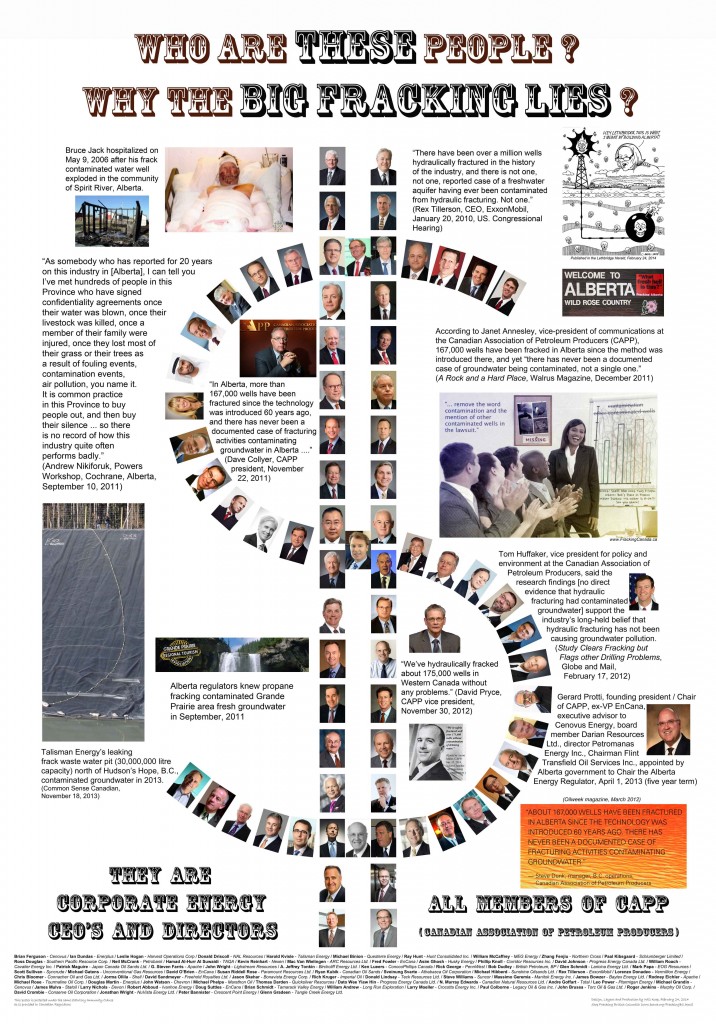
Above poster and photos below by Will Koop, BC Tap Water Alliance
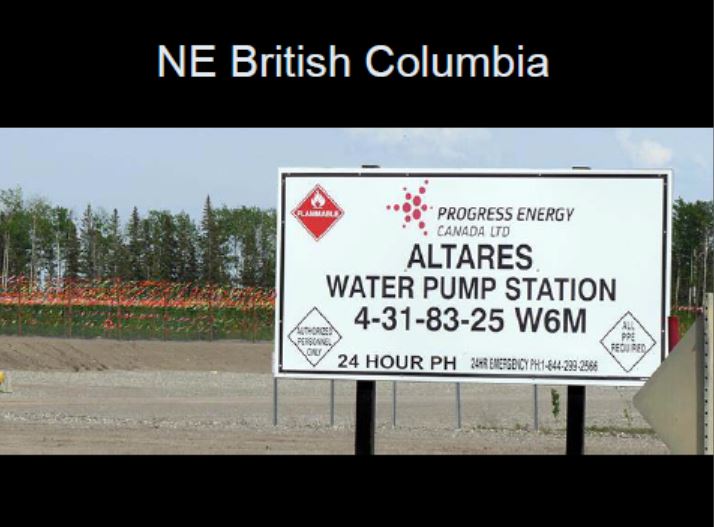
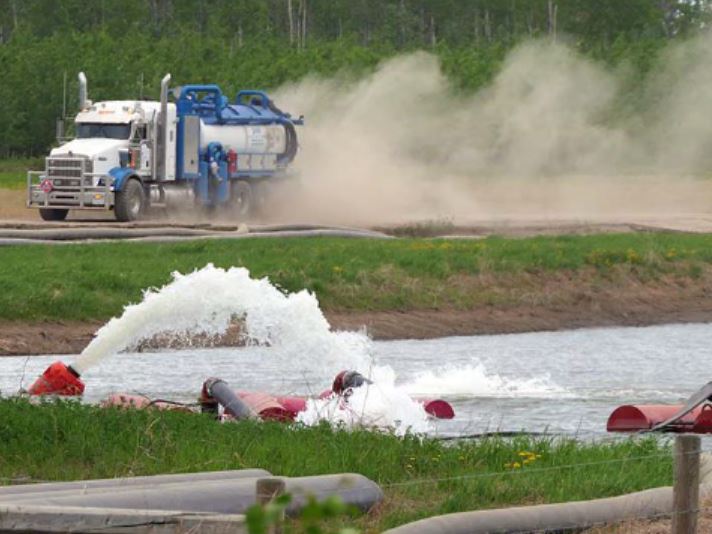
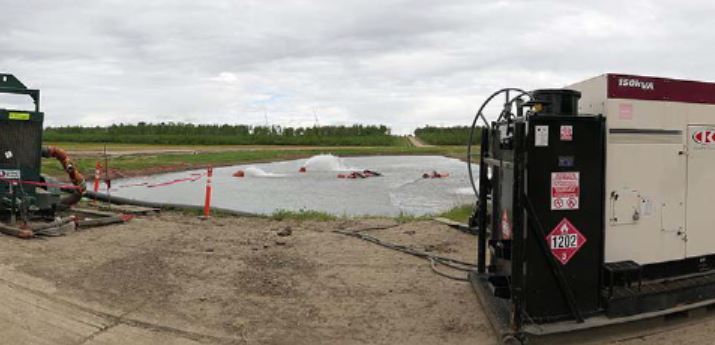
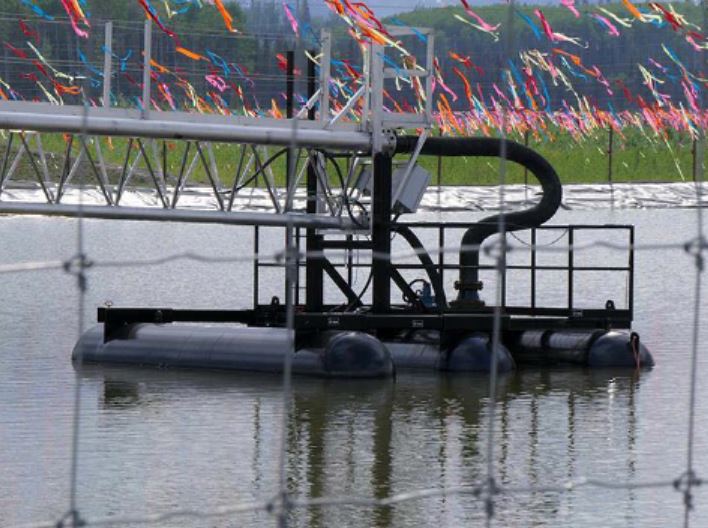
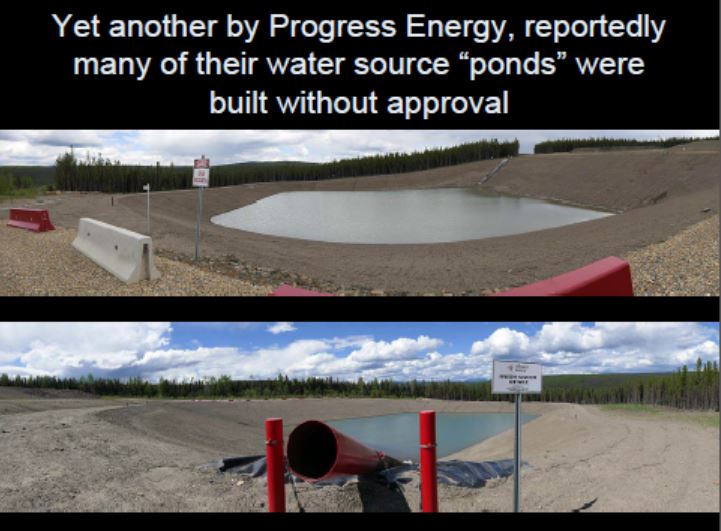
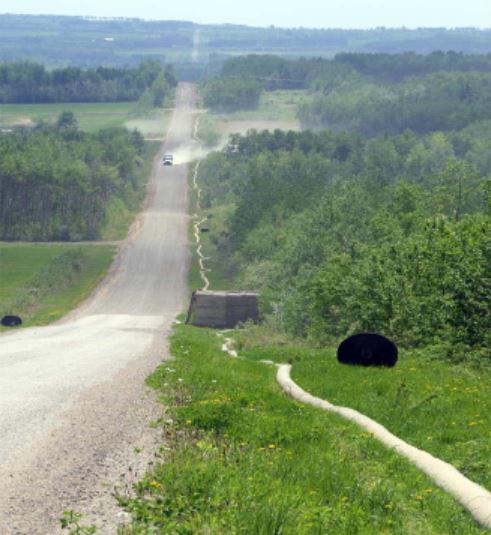
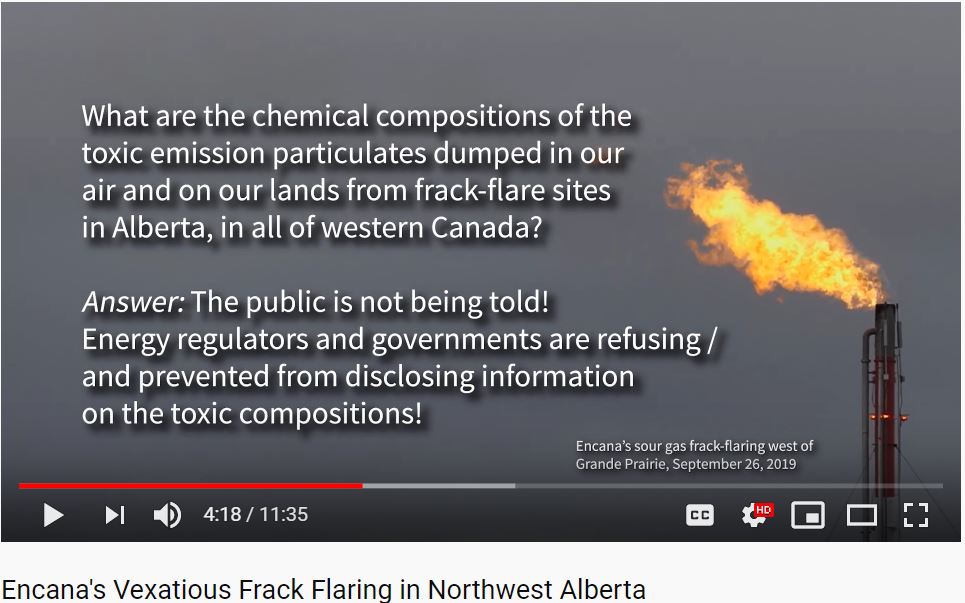
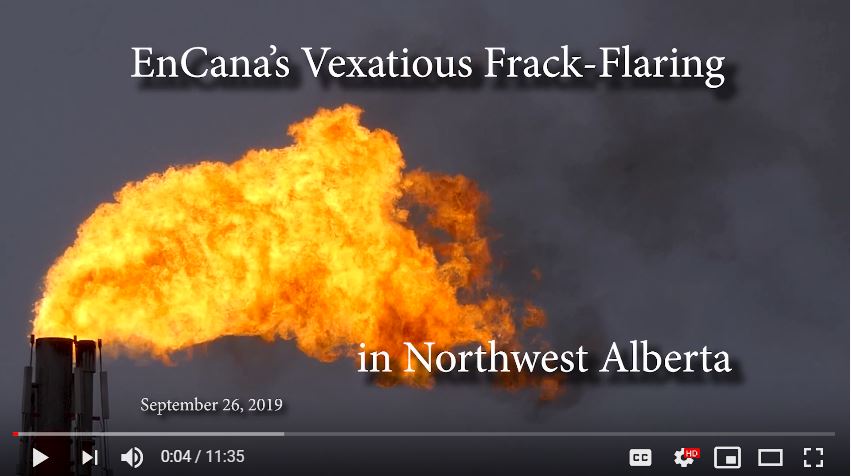
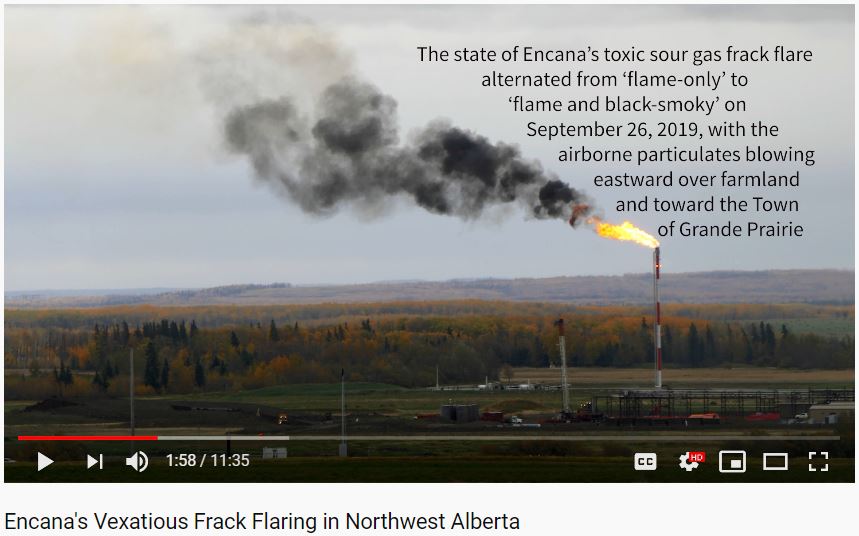
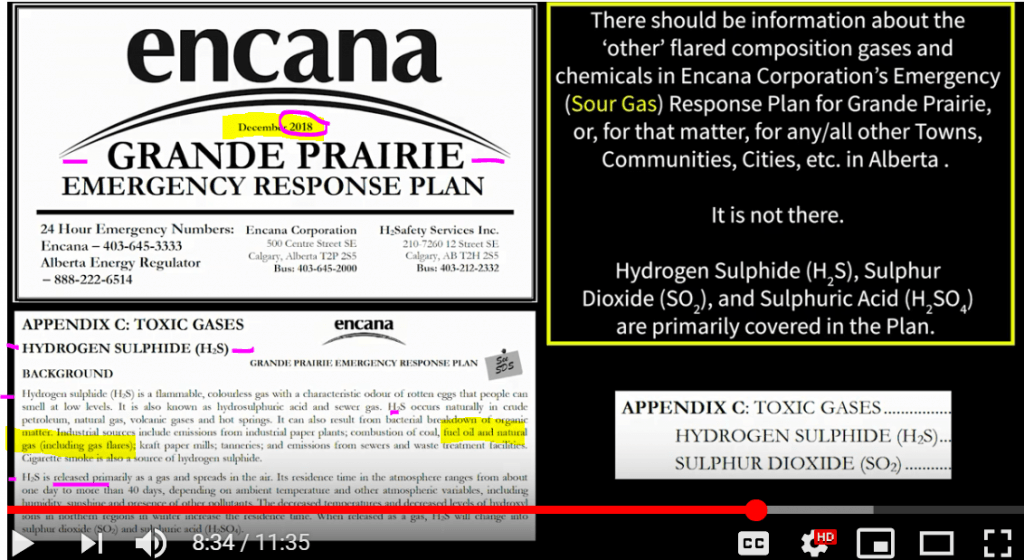
Photos below from a frac’d citizen trying to live in NEBC:
